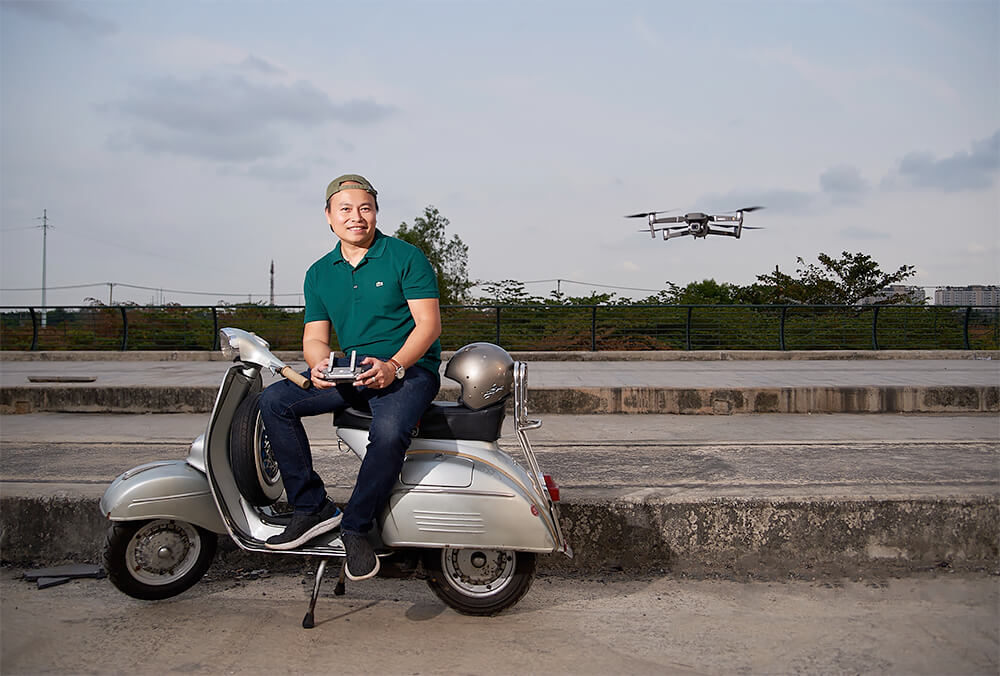Photographer based in Ho Chi Minh City, Vietnam and mainly focus on daily life and landscapes photography. Started with a camera in 2016 and getting some ineternational awards:
- Particular Merit Mention
All About Photo Awards 2020
- Sony world photo award 2018: 1st in National award, commended in Travel category
- Sony world photo award 2019: 2nd in National award, shortlist in Travel category
- Skypixel photo contest 2017: 1st in Landscape
- Skypixel photo contest 2018; 1st in Sport category
- Siena photo contest 2018/2019: Honorable mention in Joy & Adventure
- 35 awards 2018: 1st in Drone category and 2nd in top photographer in Vietnam
